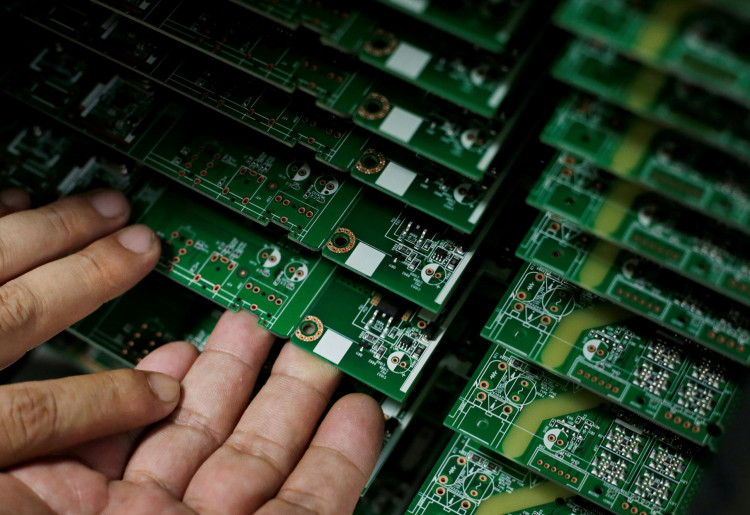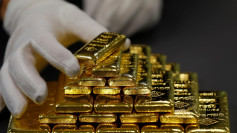Growth in Chinese retail and factory sectors beat estimates in November, as government support lifted demand in the world's second-biggest economy and eased trade worries with Washington.
Monday's set of upbeat figures follows strong signs of progress in China-U.S. trade negotiations over the weekend following the announcement of a "step one" trade deal by the world's two economic superpowers that would almost double U.S. exports to the Chinese mainland.
Yet development in infrastructure and the property market, both key drivers of growth, remained weak in November, reflecting Beijing's key challenges in its efforts to stabilize next year's economic performance.
Industrial production in November grew 6.2 percent year-on-year, data from the National Statistics Bureau showed, exceeding the median estimate of 5.0 percent growth in a Reuters poll and a 4.7 percent increase in October. It was also the fastest growth in five months year-on-year.
Solid Industrial Numbers
"Indicators of development and investment improved across the board last month, although we expect this uptick will prove to be short-lived," said Martin Lynge Rasmussen of Capital Economics.
From a year earlier in November, cement, crude steel and iron output all increased compared to a drop in the previous month. As of October, production growth has accelerated in the steel, automotive and telecommunications industries.
The strong industrial figures aligned with the surprising improvement seen in November's other factory indicators, including indexes of purchasing managers, which suggested government support helps domestic demand, even as exports and prices of producers shrank.
Japanese construction equipment manufacturer Komatsu Ltd said their machine usage hours in China grew for the first time in eight months, following the patterns seen in the PMIs.
Stimulus Measures Lift Sales
In November, retail sales rose 9 percent year-on-year compared to an estimated 8 percent, driven by stimulus measures, and the extravaganza of November's Singles Day shopping, the statistics office said.
China and the US eased their 17-month long war on trade, which roiled financial markets, battered global exports, and disrupted supply chains.
The "Phase One" deal was first floated by U.S. President Donald Trump in October but clearer details of the agreement only emerged over the weekend.
Recent positive developments eliminate some clouds from the economic outlook of China and also reduce the need for urgent stimulus to support aggressive growth goals.
China's economic growth in the third quarter slowed to 5.8 percent, a nearly 30-year low, but policymakers were more optimistic about steps to boost growth than in previous downturns.






